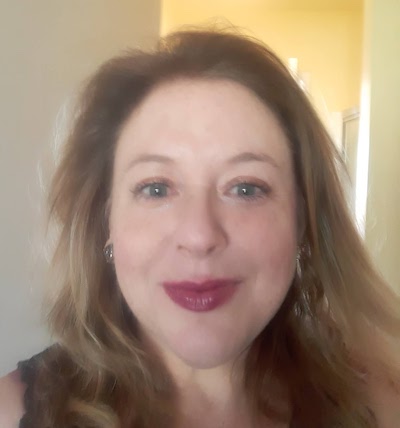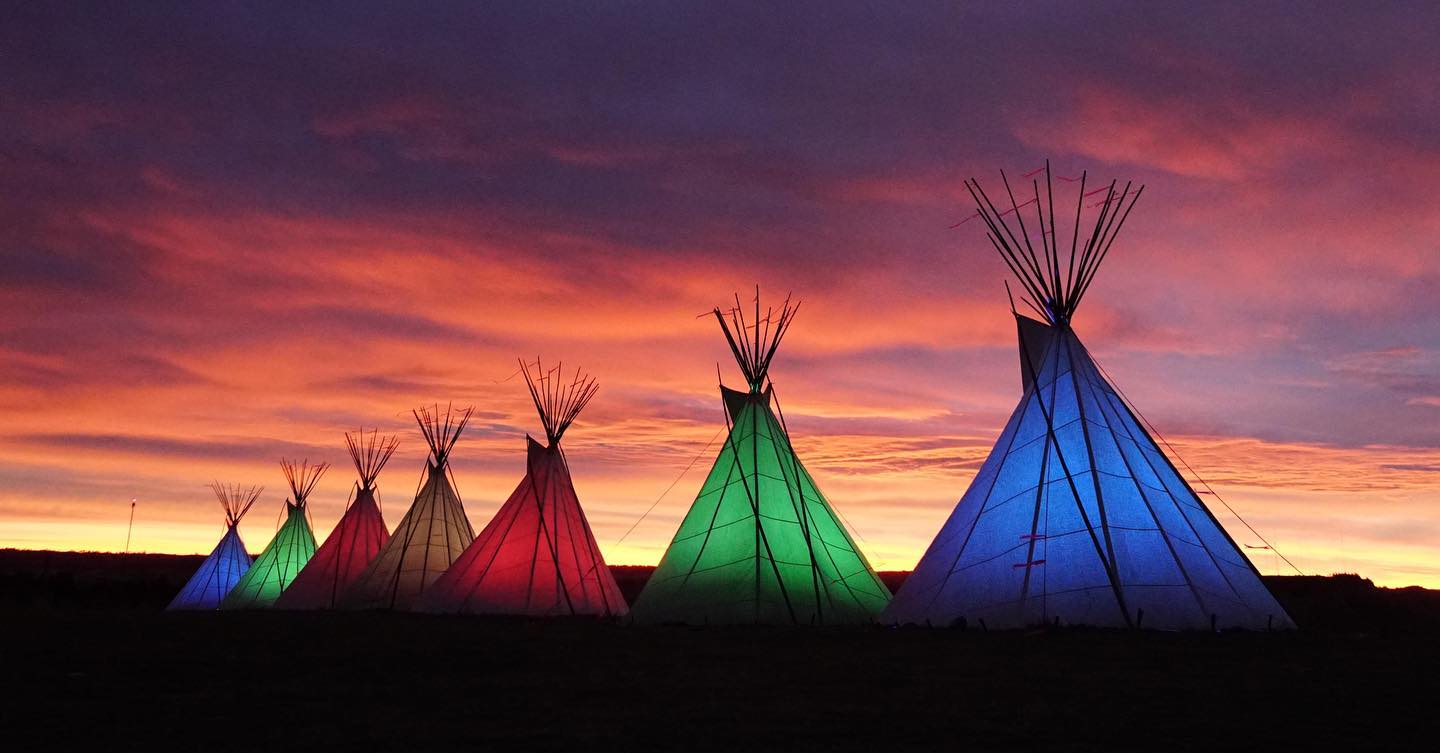
- Details
- By Tamara Ikenberg
Indigenous Peoples’ Day is enveloping Indian Country this weekend and next week.
The official day is Monday, Oct. 11, and a slew of events leading up to it and occurring on the actual date, are happening all over the country. Highlights include the lighting of a colorful pack of illuminated teepees in Montana, a sculptural tribute in Nebraska to the first Native American physician and a Boulder, Colo.-based celebration brimming with fashion, art and film.
Want more Native News? Get the free daily newsletter today.
Let Native News Online’s event guide lead you to your ideal Indigenous Peoples’ Day experience.
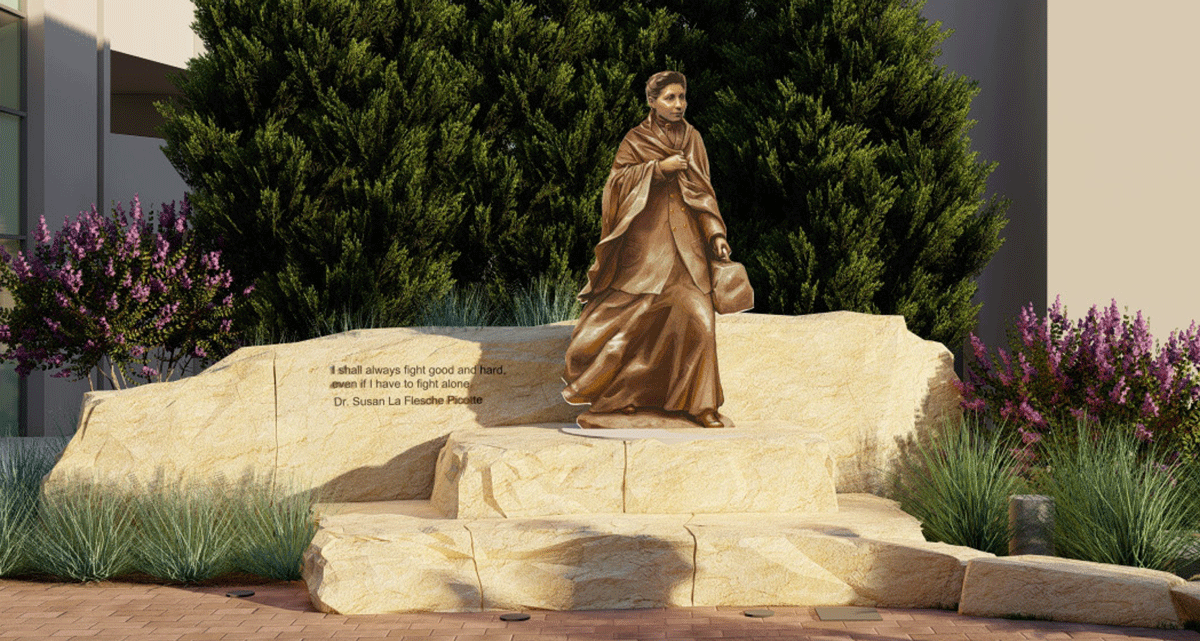 Sculptor Ben Victor's bronze statue of Dr. Susan La Flesche Picotte, the first Native American female physician, will be unveiled on Monday, Oct. 11, at the Centennial Mall in Lincoln, Nebraska. (Photo/City of Lincoln Nebraska)
Sculptor Ben Victor's bronze statue of Dr. Susan La Flesche Picotte, the first Native American female physician, will be unveiled on Monday, Oct. 11, at the Centennial Mall in Lincoln, Nebraska. (Photo/City of Lincoln Nebraska)
Dr. Susan La Flesche Picotte Sculpture Unveiling
WHEN: Monday, Oct. 11, 11 a.m. to 1 p.m.
WHERE: Heritage Plaza, 332 Centennial Mall, Lincoln, Nebraska; Event page
A new bronze sculpture honoring Dr. Susan Le Flesche Picotte, the first Native American physician in the U.S., is inscribed with this quote: ‘I shall always fight good and hard, even if I have to fight alone.’
Dr. La Flesche Picotte made good on her promise for more than a quarter century, as she tended to the medical needs of her fellow Omaha Nation citizens.
Day or night, at any hour, and in any weather, she could be counted on to come through with not only medical care, but financial advice and family mediation skills as well.
The sculpture by Idaho-based artist Benjamin Victor beautifully captures a typical moment of the doctor’s heroism and dedication, and will be unveiled as part of Nebraska’s Indigenous People’s Day Celebration.
"She's shown getting her horses ready, coming out of the barn, to go help people at 5:30 a.m. in the freezing cold, 20 below zero, with her doctor bag in one hand, and pulling that shawl around her shoulders in the other," Victor told Nebraska Public Media. "Just to show that steadfast work ethic that she had and the will to help others."
Le Flesche Picotte was born in 1865 and received her medical degree from the Woman’s Medical College of Pennsylvania at the age of 24. The doctor served hundreds of patients over 1,000 square miles of open prairie until her death in 1915.
She was motivated to pursue medicine after seeing an ailing female Elder die when a local doctor declined to visit and treat her.
In addition to the sculpture unveiling, the Indiegenous Peoples’ Day celebration also includes a Tribal flag dedication for the Omaha, Ponca, Santee Sioux and Winnebago tribes ceremony and a Pow Wow exhibition.
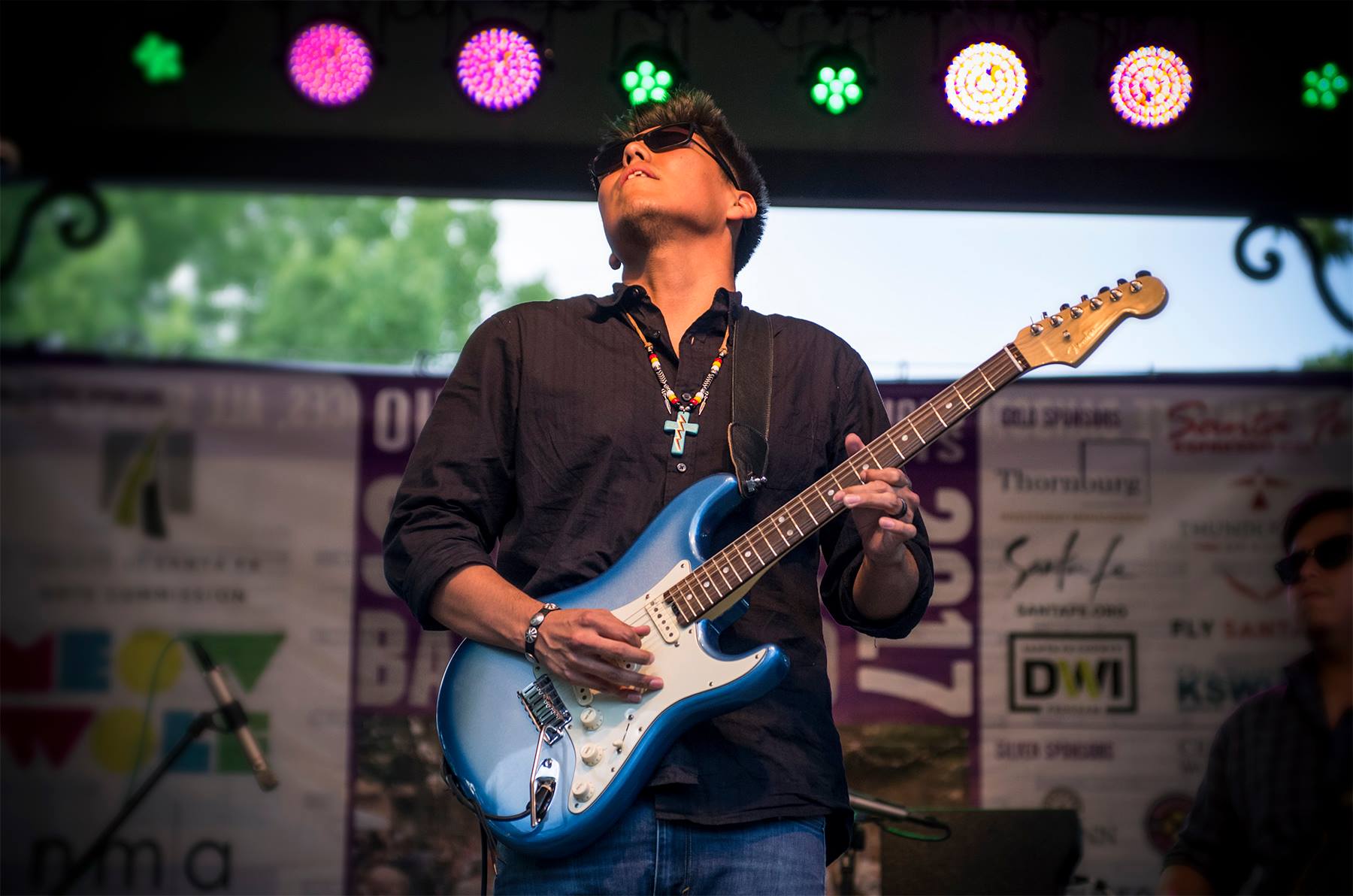 Navajo musician Levi Platero will perform at Boulder Colorado's Dairy Arts Center on Saturday, Oct. 9, as part of the Creative Nations Indigenous Arts Market and Festival, running through Monday, Oct. 11. (Photo/Levi Platero Facebook)
Navajo musician Levi Platero will perform at Boulder Colorado's Dairy Arts Center on Saturday, Oct. 9, as part of the Creative Nations Indigenous Arts Market and Festival, running through Monday, Oct. 11. (Photo/Levi Platero Facebook)
Creative Nations Indigenous Arts Market and Festival
WHEN: Thursday, Oct. 7 through Monday, Oct. 11
WHERE: Dairy Arts Center, 2590 Walnut St., Boulder, Colorado; Event page
Creative Nations Collective is putting on an Indigenous Peoples’ Day celebration, covering all the cultural bases—from fashion, to film, to food, to art and music.
The multi-faceted weekend of events, includes an Indigenous arts market, traditional dance performances, a concert by Navajo Blues Rock musician Levi Platero, an Indigenous food booth, an Indigenous film festival, and a fashion show starring the styles of Hidatsa, Dakota and Assiniboine designer Norma Baker-Flying Horse’s Red Berry Woman label, and Aconav, a brand with Acoma Pueblo and Navajo influences.
 Seven illuminated teepees will be placed in Bozeman's Burke Park on Friday, Oct. 8, to celebrate Indigenous People's Day. (Photo/Mountain Times Art)
Seven illuminated teepees will be placed in Bozeman's Burke Park on Friday, Oct. 8, to celebrate Indigenous People's Day. (Photo/Mountain Times Art)
Lighting of the Teepees: Illuminating Indigenous Peoples’ Day
WHEN: Friday, Oct. 8 - Oct. 17
WHERE: Peets Hill/Burke Park, Bozeman, Montana; Event page
Seven illuminated teepees in a kaleidoscope of shades will add a pop of color and culture to Indigenous Peoples’ Day.
The teepees, which are situated on a bluff overlooking Bozeman, Mont., are meant to shed light on the contributions and history of the tribes on whose ancestral lands they stand: The Bitterroot Salish, Pend d’Oreille, Kootenai, Blackfeet, Northern Cheyenne, Crow, Chippewa Cree, Assiniboine, Gros Ventre and Dakota.
The lighting of the teepees will begin on Friday, and they will remain through Oct. 17.
On Indigenous Peoples Day, Oct. 11, a variety of presentations and events will take place beneath and around the display, including a blessing, a round dance, and a land acknowledgement.
For a full schedule of events, click here.
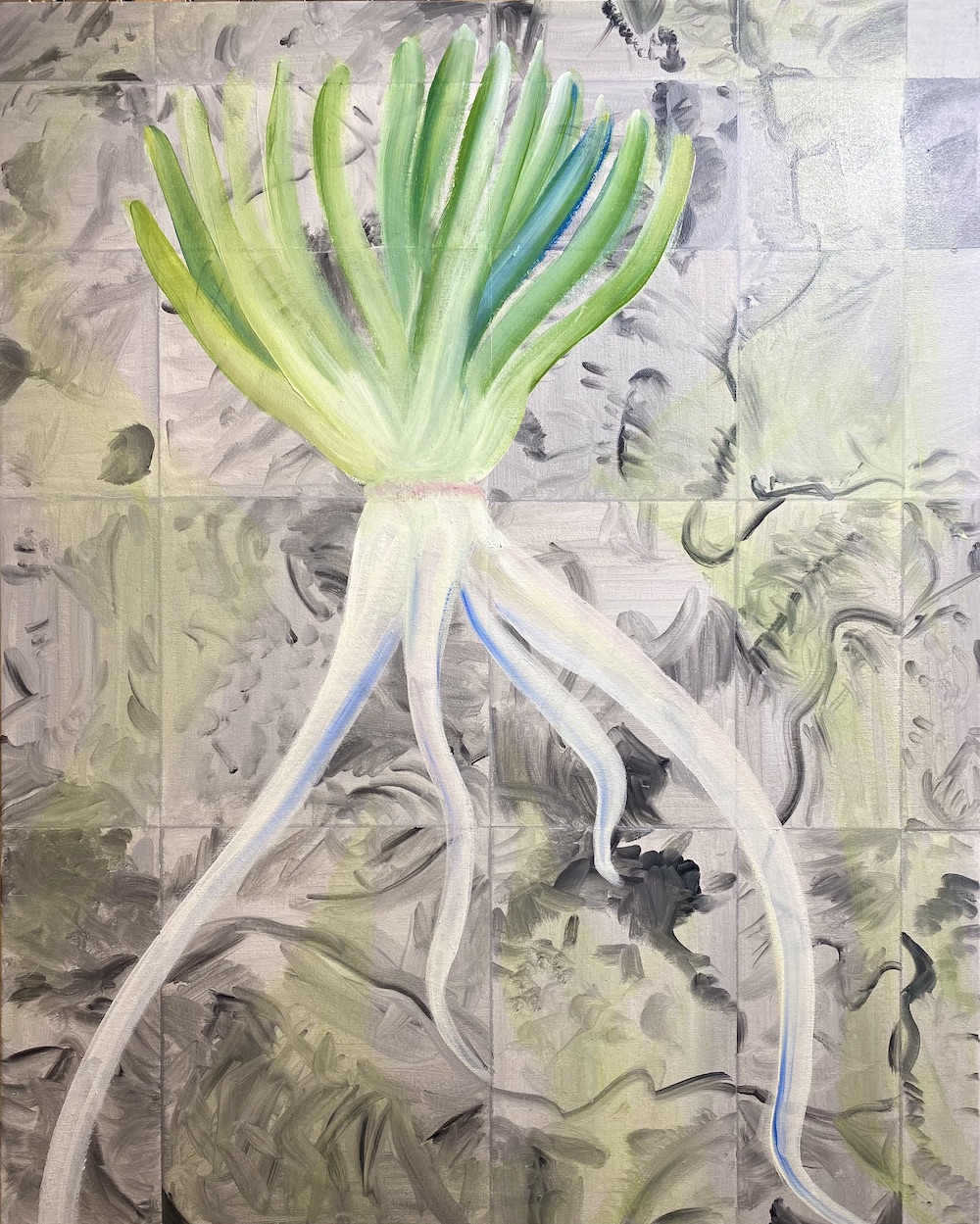 Peeled Bitter Root by Crow and Salish artist Salisha Old Bull is on display in her solo show Knowledge From Land, running through the end of October at the University of Montana University Center in Missoula, Mont. (Photo/Salisha Old Bull)
Peeled Bitter Root by Crow and Salish artist Salisha Old Bull is on display in her solo show Knowledge From Land, running through the end of October at the University of Montana University Center in Missoula, Mont. (Photo/Salisha Old Bull)
Knowledge From Land: New Works by Salisha Old Bull
WHEN: Through Thursday, Oct. 28
WHERE: University of Montana University Center, 32 Campus Drive, Missoula Montana; More information
Salish and Crow artist Salisha Old Bull’s new solo exhibition of acrylic paintings, collage and beadwork, gets to the root of the Indigenous connection with place and plants.
Blooming with plants and flowers essential to her tribes, like dogwood and bitter root, Old Bull’s work glows with bright pinks, lush greens and a tangible appreciation of the timing and art of harvesting medicinal plants.
“One of the things I really like to do is look at the things we learn from the land,” said Old Bull. “It’s called traditional ecological knowledge. It's this whole idea of just understanding the land and how to read the land.”
For a natural, earthy effect, Old Bull used what are known as hillshade maps as the foundation for some of the pieces.
“I layered my images with paint and, for the first layer, I did abstract depictions of hillshade maps,” she said. “They show you the mountains and the relief of the land. I really like them because I could omit any boundaries of states and roads, and it’s just a land without boundaries.”
Old Bull, a lifelong beader who didn’t start painting until recently, is all over the map these days.
Her beadwork, including beaded cradleboards, is also part of “Finding Our Place: Beading and Weaving Our Culture Together,” at North Van Art’s CityScape Community ArtSpace in Vancouver. Finding Our Place opens this Friday and runs through November 13. For more about the exhibition, click here.
More Stories Like This
Vision Maker Media Honors MacDonald Siblings With 2025 Frank Blythe AwardFirst Tribally Owned Gallery in Tulsa Debuts ‘Mvskokvlke: Road of Strength’
Zuni Youth Enrichment Project and Partners at Ho’n A:wan Productions Launch 8th Annual Delapna:we Project
Chickasaw Holiday Art Market Returns to Sulphur on Dec. 6
Center for Native Futures Hosts Third Mound Summit on Contemporary Native Arts
Help us defend tribal sovereignty.
At Native News Online, our mission is rooted in telling the stories that strengthen sovereignty and uplift Indigenous voices — not just at year’s end, but every single day.
Because of your generosity last year, we were able to keep our reporters on the ground in tribal communities, at national gatherings and in the halls of Congress — covering the issues that matter most to Indian Country: sovereignty, culture, education, health and economic opportunity.
That support sustained us through a tough year in 2025. Now, as we look to the year ahead, we need your help right now to ensure warrior journalism remains strong — reporting that defends tribal sovereignty, amplifies Native truth, and holds power accountable.
 The stakes couldn't be higher. Your support keeps Native voices heard, Native stories told and Native sovereignty defended.
The stakes couldn't be higher. Your support keeps Native voices heard, Native stories told and Native sovereignty defended.
Stand with Warrior Journalism today.
Levi Rickert (Potawatomi), Editor & Publisher

